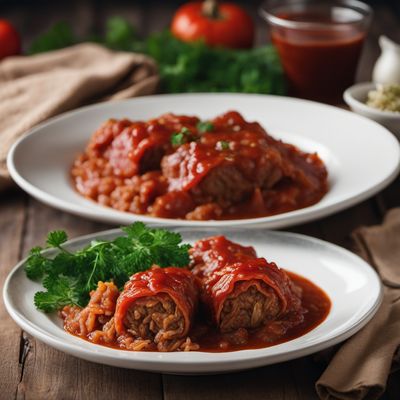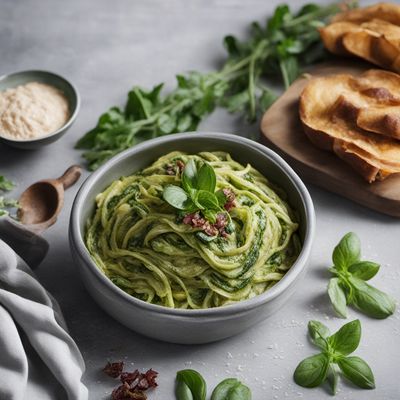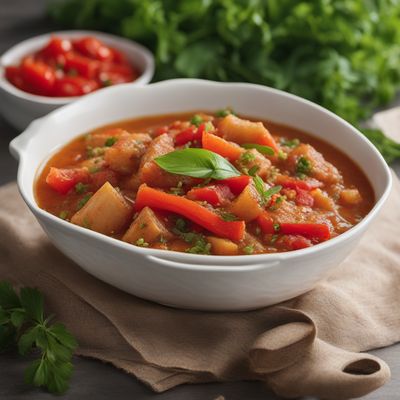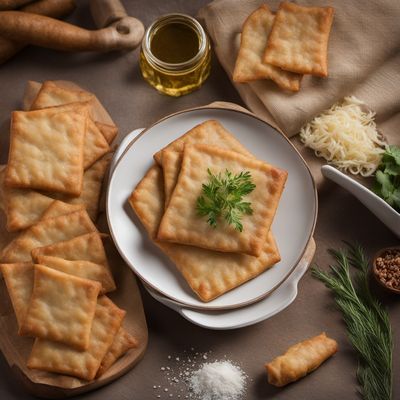
Cuisine
Silesian cuisine
Silesian cuisine is a reflection of the region's history and geography. It is characterized by its use of simple, hearty ingredients and traditional cooking methods. Meat, potatoes, and cabbage are staples in many dishes, and soups and stews are popular. Silesian cuisine has been influenced by neighboring countries such as Germany and the Czech Republic, as well as historical events like World War II and the communist era. Despite these influences, Silesian cuisine has maintained its unique identity and is beloved by many.
Typical ingredients
Potatoes, Cabbage, Beets, Carrots, Onions, Garlic, Pork, Beef, Chicken, Kielbasa, Sauerkraut, Mushrooms, Dill
Presentation and garnishing
Silesian dishes are often served in large portions and are meant to be filling and satisfying. They are often garnished with fresh herbs like dill and parsley, and sour cream is a common topping. Presentation is not as important as flavor and comfort.
Silesian cuisine includes many traditional dishes such as kluski slaskie (Silesian dumplings), which are made with potatoes and flour and served with gravy or meat. Another popular dish is zrazy, which are beef rolls stuffed with bacon, onions, and pickles. Silesian cuisine also includes a variety of soups, such as zupa grochowa (pea soup) and zupa kartoflana (potato soup).
History
Silesian cuisine has a long and rich history, dating back to the Middle Ages. It has been shaped by the region's geography, with its cold climate and fertile soil. The cuisine has also been influenced by neighboring countries, including Germany and the Czech Republic. During World War II and the communist era, food shortages and rationing led to the development of new dishes and creative ways of using available ingredients. Today, Silesian cuisine is celebrated for its hearty and comforting dishes, as well as its rich history and cultural significance.
Cultural significance
Silesian cuisine is an important part of the region's cultural heritage. Many traditional dishes are associated with holidays and special occasions, and are passed down through generations. Food is also an important part of social gatherings and family life. Silesian cuisine has also gained popularity around the world, with Polish restaurants and food festivals popping up in many countries.
Health benefits and considerations
Silesian cuisine can be high in calories and fat, so it is important to enjoy it in moderation. However, many traditional dishes are also rich in nutrients like protein, fiber, and vitamins. Cabbage, for example, is a good source of vitamin C and fiber. Silesian cuisine also emphasizes the use of fresh, whole ingredients.
Silesian cuisine recipes Browse all »

Silesian-style Spinach and Nettle on a Skillet
Hearty Silesian Greens Skillet

Silesian-style Smoked Mackerel Salad
Silesian Smoked Delight: A Twist on Traditional Mackerel Salad

Baked Pesche - A Silesian Twist on Italian Delicacy
Silesian Peach Delight - A Baked Twist on Italian Pesche al forno

Silesian Bladl
Savory Silesian Dumplings with a Twist

Silesian Stuffed Cabbage Rolls
Hearty Cabbage Delight: Silesian Stuffed Cabbage Rolls

Silesian-Style Creamy Pork Strips with Mushrooms
Creamy Mushroom Pork Delight: A Silesian Twist on Swiss Zürcher Geschnetzeltes

Stäerzelen with a Silesian Twist
Silesian Stäerzelen: A Hearty Delight from the Swiss Mountains

Silesian Salviata
Silesian Spinach and Potato Dumplings

Silesian Bullinada
Hearty Silesian Fish Stew

Silesian Beef Stew
Hearty Silesian Beef Stew: A Taste of Tradition

Silesian Panades
Silesian Delight: Crispy Panades with a Silesian Twist

Silesian-style Smoked Salmon Salad
Smoked Salmon Delight: A Silesian Twist on a Classic Dish